Drei-Schluchten-Museum, Chongqing - Ticketpreis, Öffnungszeiten, Standort und Highlights


The Three Gorges Museum (三峡博物馆), located in Chongqing, China, stands as a captivating testament to the region’s rich history and cultural heritage. Spanning over 45,000 square meters, the museum offers an immersive journey through the Three Gorges area’s evolution. Its diverse exhibits encompass artifacts, artworks, and multimedia displays, showcasing the area’s geological transformations, ancient civilizations, and contemporary developments.
Visitors are treated to a comprehensive understanding of the Yangtze River’s impact on the region’s identity, from its role as a cradle of civilization to its significance in modern times. The museum’s architectural grandeur harmonizes with the exhibits, emphasizing the seamless blend of history and innovation. Whether delving into ancient relics or exploring the socio-economic importance of the Yangtze River, the Three Gorges Museum invites travelers to embark on a captivating exploration of Chongqing’s past, present, and future.
Inhaltsübersicht
- Grundlegende Informationen
- Standort und Transport
- Highlights of Three Gorges Museum
- Must-Visit Artifacts in Three Gorges Museum
- Vlog about Three Gorges Museum
- Nützliche Tipps aus Rezensionen zusammengefasst
- Attractions near Three Gorges Museum
Grundlegende Informationen
| Website | http://www.3gmuseum.cn/ |
| Geschätzte Dauer der Tour | Around 2 hours |
| Ticketpreis | Kostenlos |
| Die Öffnungszeiten | 9.00 - 17.00 Uhr; Letzter Einlass: 16.30 Uhr Montags geschlossen |
| Bereich | 45098 square meters spanning 4 floors, including 4 basic exhibitions, 6 specialized exhibitions, 1 360-degree panoramic cinema, and 3 temporary exhibitions. |
| Geschichte | 1951: Established as Southwest Museum 1955: Renamed as Chongqing Museum 2005: Expanded and renamed as the Three Gorges Museum |
| Reputations | Landmark of Sichuan-Chongqing Tourist Corridor National Popular Science Education Base Top 100 Museums in China Top 10 Yangtze River-Themed Museums |
| Telefon Nummer | 0086-023-63679066 |
Standort und Transport
The Three Gorges Museum is situated in Chongqing, China, at No. 236 Renmin Road, in the Yuzhong District. This prime location places the museum in the heart of the city’s cultural and historical hub. Perched atop a scenic hill overlooking the convergence of the Yangtze and Jialing Rivers, the museum offers breathtaking panoramic views of the surrounding landscape. To get there, you can choose the following ways:
Bus: Take bus 145, 152, 181, 262, 322, 338, 829, 862, 881, Tourist Line T002, or Tourist Line T480, get off at Xuetianwan Stop (学田湾), and walk about 300 meters to the north to reach the museum.
Metro: The closest metro station to the Three Gorges Museum is Zengjiayan (曾家岩) on line 2 and line 10. After getting out of the station from Exit 3, you will be standing right next to the museum.
Highlights of Three Gorges Museum
Geology of Three Gorges
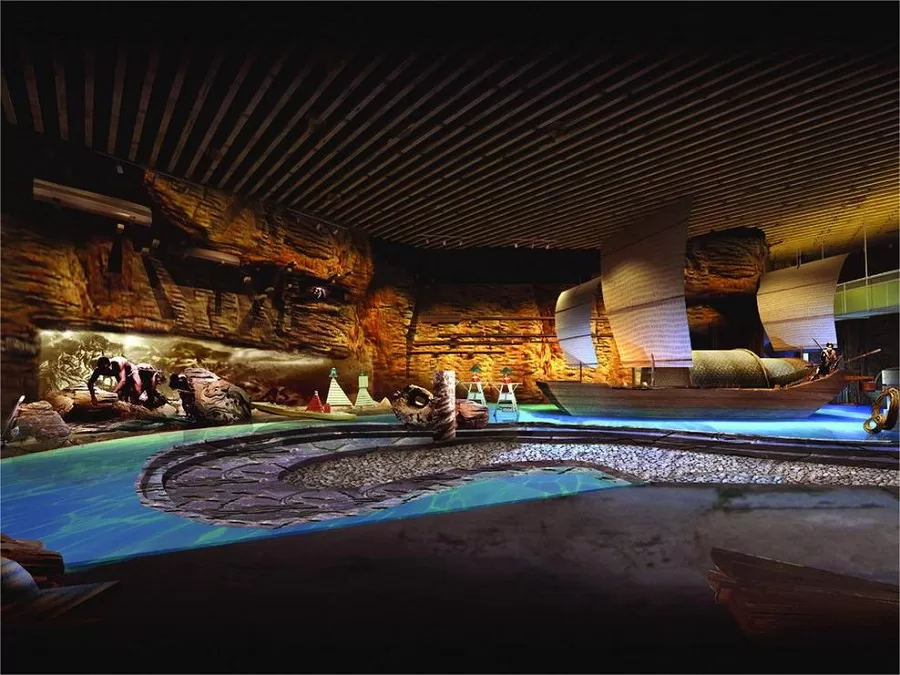
The Three Gorges Museum captivatingly showcases the geology of the Three Gorges region. Through intricate displays and engaging exhibits, visitors gain insight into the geological forces that shaped the awe-inspiring landscapes of the Yangtze River. From ancient rock formations to the dramatic shifts in terrain, the museum highlights the eons-long journey of the river and its impact on the surrounding environment. These exhibits offer a fascinating glimpse into the dynamic geological processes that have crafted the unique beauty of the Three Gorges area, underscoring the deep connection between the land, the river, and the culture that thrives alongside them.
Civilization in Three Gorges
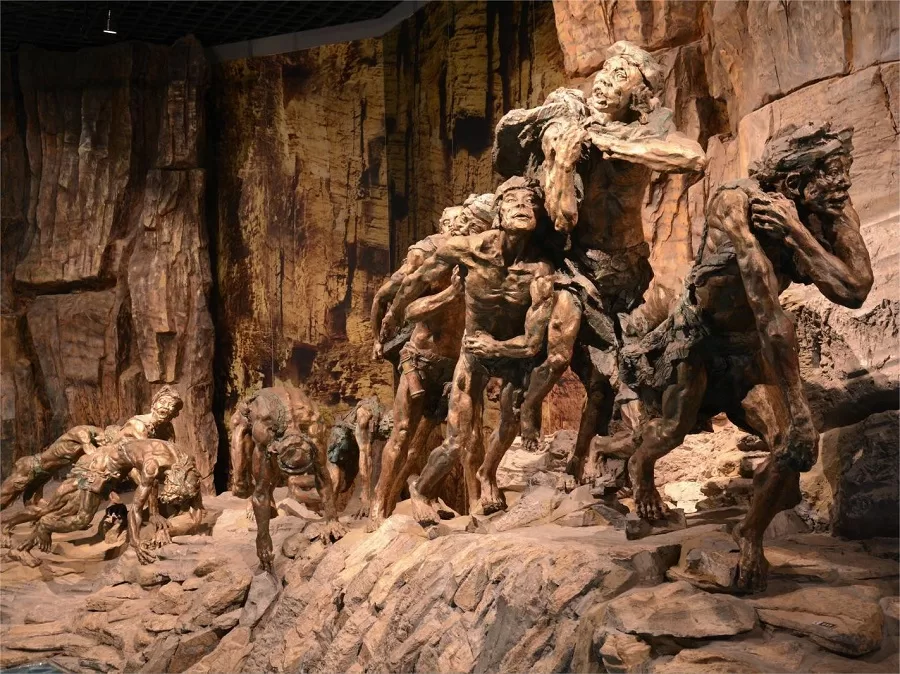
The Three Gorges Museum intricately unveils the rich tapestry of civilizations that have flourished along the Yangtze River. Through captivating displays, artifacts, and artworks, the museum chronicles the evolution of human settlement in the Three Gorges region. From ancient indigenous cultures to dynastic periods, visitors delve into the intricate cultural mosaic that shaped the area’s identity. The exhibits vividly portray the people’s daily lives, innovations, and artistic expressions, offering a profound understanding of their contributions to the region’s historical legacy. The museum serves as a portal to the past, honoring the vibrant civilizations that have thrived amidst the natural beauty of the Yangtze River.
Religions in Three Gorges
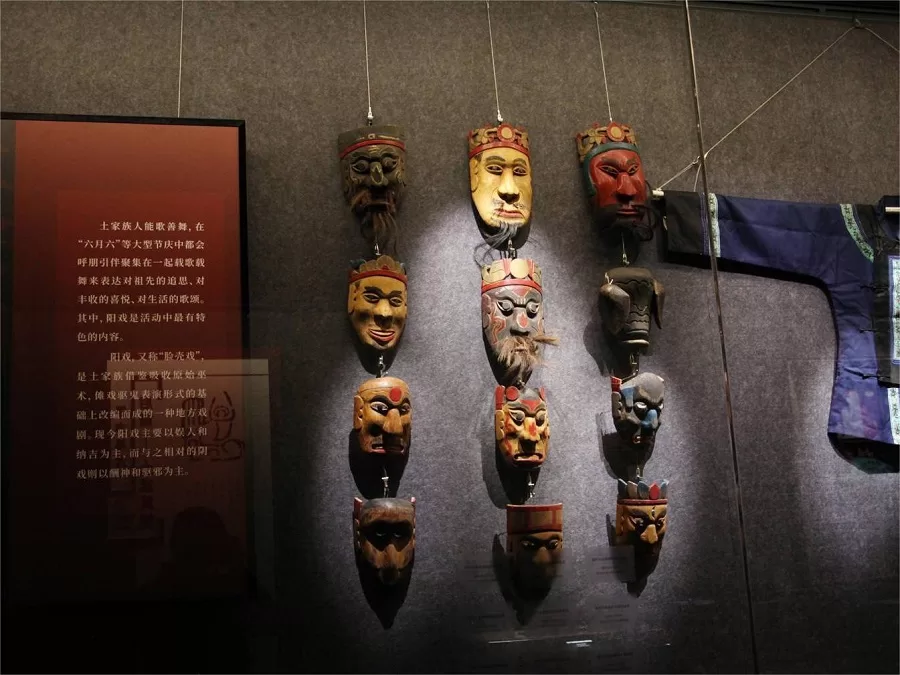
The Three Gorges Museum thoughtfully presents a diverse array of religions that have thrived in the Yangtze River region. Through enlightening exhibits, artifacts, and artistic representations, the museum explores the spiritual tapestry woven by various faiths. Visitors encounter the threads of Buddhism, Taoism, and other belief systems that have left an indelible mark on the area’s cultural landscape. These displays provide insights into rituals, practices, and the intertwining of faith and daily life. The museum’s portrayal of religious diversity celebrates the spiritual heritage that has shaped the region, fostering an understanding of the profound connections between belief, history, and the people along the Yangtze.
Three Gorges Dam
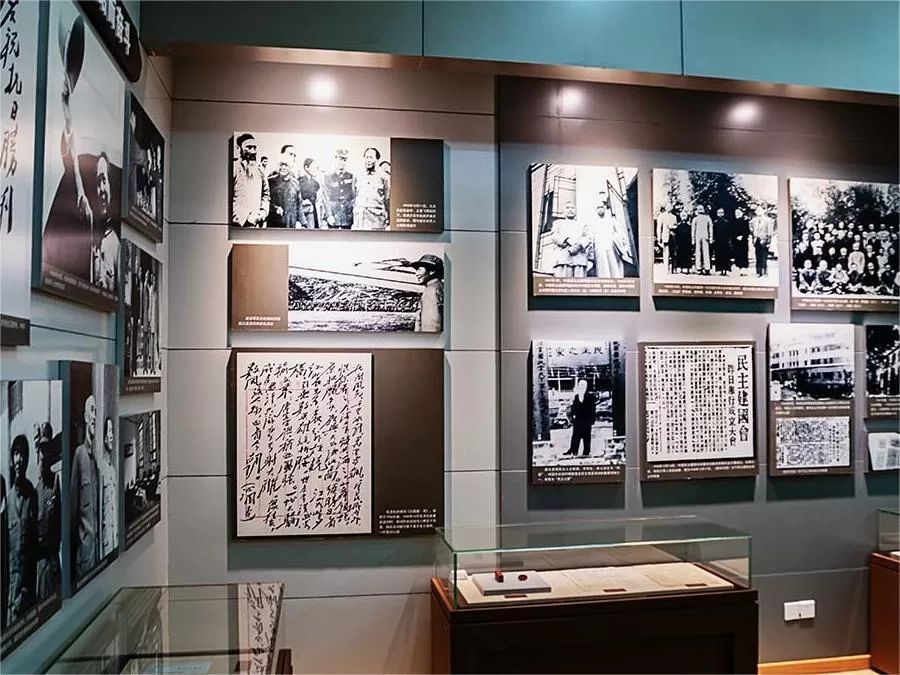
The Three Gorges Museum thoughtfully portrays the monumental feat of the Three Gorges Dam. Through captivating exhibits and informative displays, the museum delves into the engineering marvel that transformed the Yangtze River’s course. Visitors gain insight into the dam’s construction, its significance in flood control, energy generation, and navigation. The museum showcases the environmental and social impact of this colossal structure, highlighting its role in reshaping the region’s landscape. By presenting the dam’s multifaceted aspects, the museum not only honors its engineering prowess but also encourages contemplation on the complex interplay between human innovation and nature’s forces.
Must-Visit Artifacts in Three Gorges Museum
Han Què from Wuyang Town, Zhong County – Ground Floor Main Hall
- The most well-preserved Han Dynasty stone gate discovered in China.
Statue of Guan Gong from the Ming Dynasty – Ground Floor Magnificent Three Gorges Hall
- Originally located in the Guan Gong Temple at Jiefangbei, the statue was relocated to the museum. It is exceptionally unique as it is entirely black.
Oil Painting of Kuimen – Ground Floor Magnificent Three Gorges Hall
- Located at the entrance of the Magnificent Three Gorges Hall, this painting depicts Kuimen, the entrance to the first section of Qutang Gorge in Fengjie County.
Bird-Shaped Zun (Bronze Wine Vessel) – Second Floor Ancient Ba-Yu Hall
- Unearthed from a Ba people noble’s tomb, this bronze vessel is an example of the Ba people’s adaptation of Central Plains’ bird and animal-shaped bronzes.
Tiger-Head Handle Yan (Bronze Vessel) – Second Floor Ancient Ba-Yu Hall
- Tigers were revered symbols for the Ba people, and the yan, an ancient percussion instrument, was used to boost morale in warfare.
Han Dynasty Bricks – Third Floor Han Dynasty Sculpture Hall
- These bricks, a highlight of the exhibition, provide insights into the aesthetic and daily life during the Han Dynasty.
Grey Pottery Drummer and Singer Figurine – Third Floor Han Dynasty Sculpture Hall
- A famous exhibit from Chongqing Zhong County, this lively pottery figurine portrays a vivid smile.
Tibetan Opera Costumes, Thangkas, and Tibetan Buddhist Statues – Third Floor Southwest Ethnic Minorities Hall
Vlog about Three Gorges Museum
Nützliche Tipps aus Rezensionen zusammengefasst
Bag Storage: There are self-service lockers at the entrance for storing small personal items, while larger luggage can be stored at the service desk.
Less Crowded: Unlike the National Museum of China and the Nanjing Museum, the Three Gorges Museum has fewer precious artifacts, resulting in fewer visitors. There’s no need to rush for reservations.
Combine with Other Attractions: After exploring the museum, consider visiting the People’s Great Hall across the street, a great spot for photography. Reservations are available for entry.
No Onsite Dining: There are no dining facilities within the museum. However, there is a snack street outside the museum with numerous food options. Additionally, there is a Burger King near the entrance.
Attractions near Three Gorges Museum
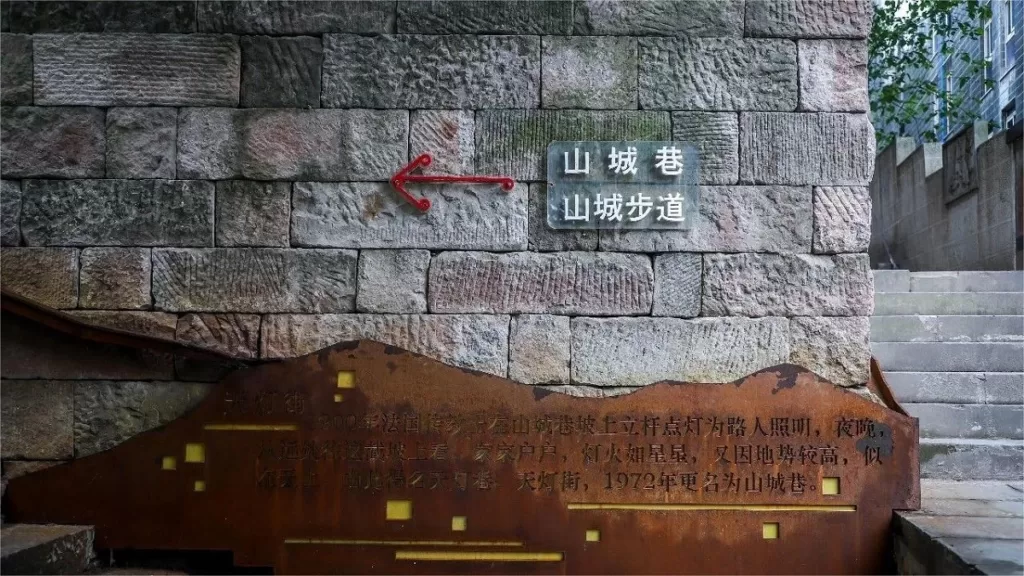
Shancheng Allee

The Great Hall of the People in Chongqing

Ehemalige Residenz von Zhou Enlai

Bergpark Pipa

Tongyuan-Tor-Park

Guiyuan-Garten Chongqing
Attraktionen in der Innenstadt von Chongqing, Attraktionen in Yuzhong District Chongqing, Chongqing-Museen